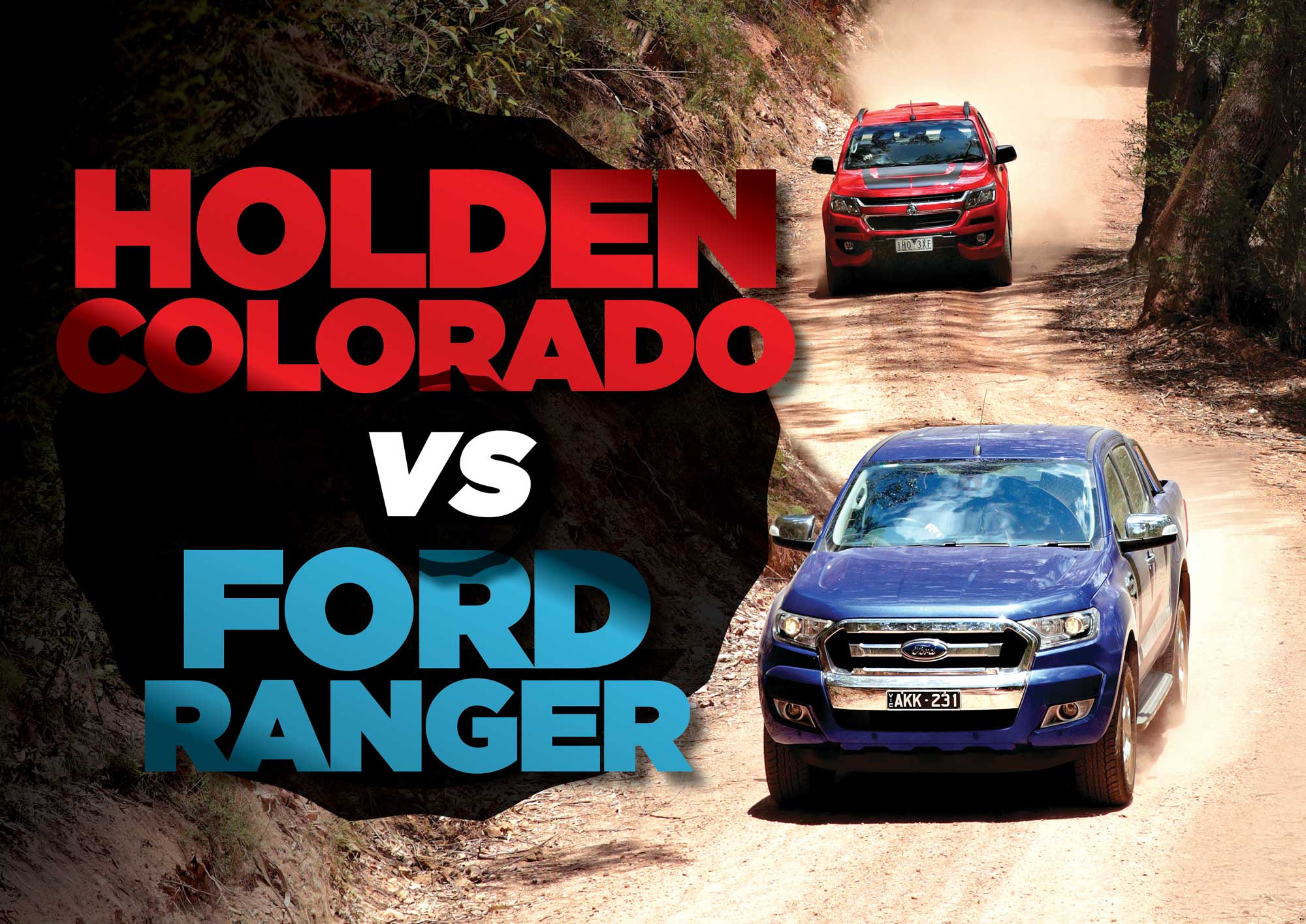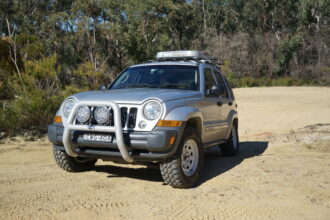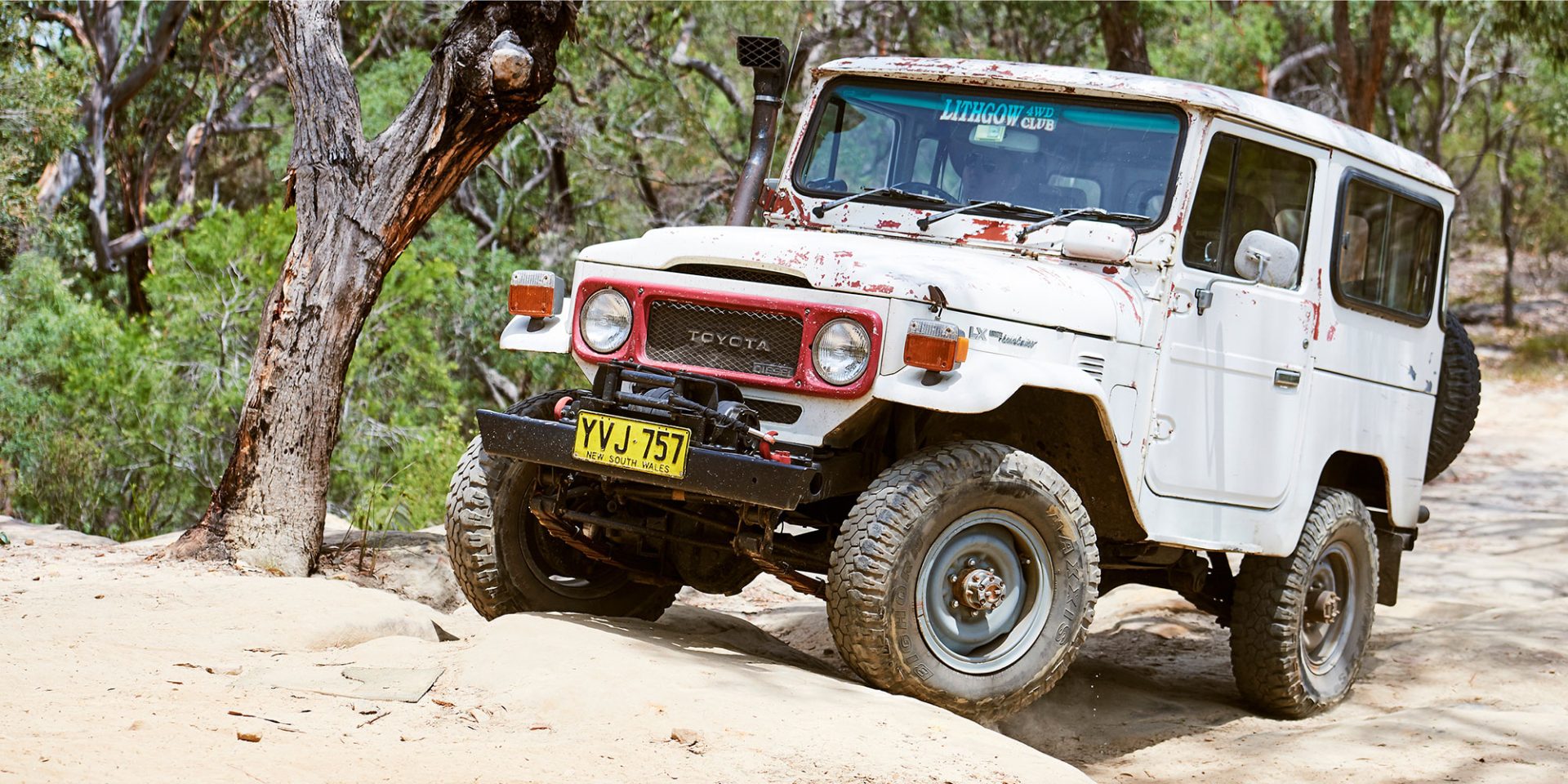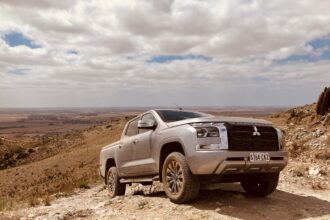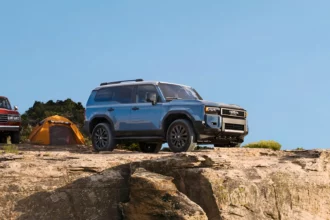Colorado vs Ranger. Red vs Blue. It’s a rivalry that stretches back decades in Australia, and the result might not be what you think.
Roughly $55,000. If that’s your budget on a dual-cab 4X4 ute that combines the practicality, tech and modern ute style, you certainly have a few options up your sleeve… and a few manufacturers keen to get your business.
At the moment, SUV and 4X4 sales are propping up an otherwise flagging new car market. Australia’s best-selling 4X4 so far is the Ranger ute. Sure, the HiLux sells more when you include 2WD models, but who cares about them? Another strong seller, with only the HiLux and the Triton before it, is Holden’s recently facelifted Colorado. It’s an old rivalry, and one worth investigating. We pit the Ford Ranger XLT against the Holden Colorado Z71.
Interior
The Colorado is thankfully a much-improved vehicle over the older model, despite being largely similar. The interior is finished off to a much higher standard, bringing it up to speed with competitors. The switchgear and layout is an area of huge improvement, as well as the level of spec. Gone is that strange, circular dial/knob that took up so much space; it’s been replaced by a clean layout of buttons and displays, which do feel a bit more ‘premium’. The multi-function heads-up display is better, as well. Not ‘Ranger’ good, but still pretty damned good.
When compared apples-with-apples, the interior of the Ranger still does scrub up quite well. The switchgear and interior on this XLT are quite similar to the Wildtrak (minus the gaudy colours), making it quite a nice place to be. The infotainment unit is one of the nicest and easiest to use, and it combines really well with the mostly-digitised heads-up display behind the steering wheel.
Verdict: The Colorado’s interior is much, much improved with better materials, layout and refinement. The Ranger has better a better infotainment and multifunction display, but leather seats and finishes give the Z71 the edge.
Exterior
Much of the success of the Ranger does undoubtedly come from its aesthetic appeal. It looks tough, truck-like and macho – taking inspiration from its distantly-related full-size Yankee cousins. One could argue that the Mazda BT-50 is a better buy when you look at the price, but people still flock to the Ranger… probably because they prefer the masculine vibes over the sharp, expressive angles on the Mazda.
The Holden, on the other hand, now sports a well-received makeover that is more refined and even a touch classy. The front end received the bulk of the work, and I reckon Holden has done a top job. In Z71-spec, the Colorado is certainly not short in the ‘look-at-me’ specs. Black decals on the bonnet, black wheels and that oh-so-red paintjob will ensure you’ll turn heads.
Verdict: If you want to be seen the most, the Colorado wins. But the fact that the Ranger has better ground clearance, and superior ramp-over and approach angles, makes it a winner for me.
Under the skin
2.8 litres, versus 3.2. Four cylinders, versus five. 147kW @ 3,600rpm, versus 147kW @ 3,000rpm. And 500Nm @ 2,000rpm versus 470Nm @ 1,750-2,500rpm. There isn’t a whole lot in between these two engines, and what you’d prefer would probably boil down to how you’d like the engines to drive. Read the figures, and you’ll notice that the peak figures for the Ranger engine are a bit lower, where the Colorado does like to rev a little more to make power. Both are great engines – with plenty of grunt and good behaviour. They work well in tandem with their six-speed automatic gearboxes. Low range is also good (2.717:1 for the Ranger, and 2.62:1 for the Colorado). It’s nice to see that both have smart air intakes behind panels, and alternators up high.
Verdict: The fact that this is a close call shows how far the Colorado has come with the facelift and retune. Which engine is better depends on what kind of motor you prefer: The 2.8-litre VM-Motori is a bit peakier, with higher revs needed for maximum output. The Ranger, on the other hand, depends on that fat, flat torque curve from slightly lower revs to build momentum. I’d take the Ranger donk.
On-road driving
My experiences with the old Colorado were entirely unimpressive. It drove in a harsh, peaky manner than made it feel rushed and haphazard; not a nice overall feeling. The interior wasn’t that great, either. On the other hand, the Ranger was a very delightful drive. Ford was of the first manufacturers to really nail that overall ute experience well.
Nowadays it’s a different ball game. I wasn’t expecting much from the Colorado, but it’s a vastly improved vehicle. Much of the harshness is gone, with a smoother and less jerky delivery of power. NVH levels are much better, and the quality and inclusions inside also represent a big improvement. It looks like Holden has studied the success of the Ranger, and has mimicked it quite well. Highest form of flattery, and all that.
Verdict: Like the engine, this is a very close call. Both have electric power steering that makes low-speed and urban driving quite easy; and good visibility and decent turning circles. To be honest, they are both really good on-road, and offer little cause for complaint.
Off-road driving
Looking on paper, the Ford Ranger has better off-road capability. Ground clearance is better, as is wading depth. The Ranger has a longer wheelbase, but the better clearance means it still has a better ramp-over angle. Both utes have leaf-sprung live rear suspension and independent front suspension, which make for fairly similar off-road performance. Where they are different is in the details: The Ranger XLT has a locking rear diff, where the Colorado Z71 has a limited-slip diff. The rear locker is superior, and the fact that Ford allows the front axle to use traction control with the locker still engaged is a big bonus. That being said, the Colorado LSD works quite well for basic off-roading and has benefits on-road as well.
Verdict: Having a locker and better traction control makes the Ranger a better off-road performer, which you’ll find when you start pushing the vehicles hard off the blacktop.
The verdict
Ford is charging a pretty solid premium for its Ranger utes compared to the competition. Other than the V6 Amarok and 70 Series LandCruiser, the Ranger Wildtrak is the only other ute to breach that $60K barrier. The XLT in this story costs $57,690 – very close to the $57,190 that Holden wants for a Colorado Z71. Now that it’s vastly improved over the old model without a price hike, the Holden does represent sharp value for money. The interior, ride, harshness and on-road performance are all huge steps up over the old model, thanks to some deft tuning for the facelifted version.
These two utes are very close to each other, especially when the rubber hits the road (or dirt). What separates them is only small, particular details. If you’re looking for a 4X4 ute with lots of tech, a torquey diesel engine and smart presentation, all for under the $60,000 mark, these two would have to be towards the top of the list. The Ranger has slightly better tech inside, and has similar power and torque (30Nm less) available lower in the rev range, which makes it the 4X4 that I would pick out of these two. But, bravo to Holden for making such a drastic improvement with the Colorado… and making it genuinely competitive with a market leader.


